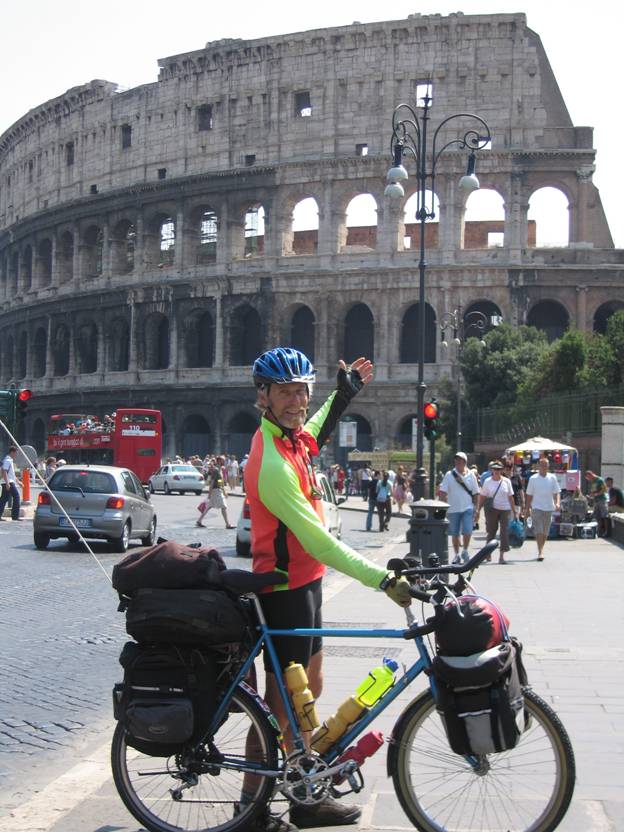Discover the past with travel - Greeting card
The Roman Coliseum entertained 60,000 to 80,000 "sports thirsty" citizens who paid endless money to see men and beasts battle in the arena. They cheered as one million men and three million beasts met their last breath on the Coliseum floor for two centuries of the games. When a gladiator suffered wounds, the crowd gave a thumbs up or down. Fountains cooled the air with perfumes while slaves brought food to the audiences. The gladiators marched into the amphitheater and saluted the Emperor with the words: "Hail, Caesar, those about to die salute thee."
To walk into this magnificent museum 2,500 years later fills you with a sense of wonder. Today, people pay millions to the NFL gladiators who sacrifice their bodies and minds on the gridiron in modern-day coliseums that house 80,000 screaming fanatics. As a traveler, you not only gain insights into the history of humanity and its various tendencies, but you learn about the of cultures of civilizations.
Most Italian villages built walls around their cities. Colie-val-Delsa, Volterra, Pisa, Florence and other cities maintain those walls in the 21st century as testaments to the past. Except today, instead of fighting, they sponsor symphonies, soccer, plays and art shows. While touring the Coliseum, a traveler escapes the "thumbs down" verdict, and leaves with a bag of peanuts and pleasant memories of a bygone era.
To walk into this magnificent museum 2,500 years later fills you with a sense of wonder. Today, people pay millions to the NFL gladiators who sacrifice their bodies and minds on the gridiron in modern-day coliseums that house 80,000 screaming fanatics. As a traveler, you not only gain insights into the history of humanity and its various tendencies, but you learn about the of cultures of civilizations.
Most Italian villages built walls around their cities. Colie-val-Delsa, Volterra, Pisa, Florence and other cities maintain those walls in the 21st century as testaments to the past. Except today, instead of fighting, they sponsor symphonies, soccer, plays and art shows. While touring the Coliseum, a traveler escapes the "thumbs down" verdict, and leaves with a bag of peanuts and pleasant memories of a bygone era.

Touring cyclist standing in front of the Coliseum, Rome, Italy © 2012 Frosty Wooldridge
Frosty standing with his iron steed "Condor" in front of the Coliseum in Rome. Gary and he pedaled nearly 4,000 miles from the Arctic Circle, Norway to Athens, Greece. While on tour, they watched the march of humanity from the Vikings to castles to feudalism to democracy in the land of Socrates and the Greek philosophers.
